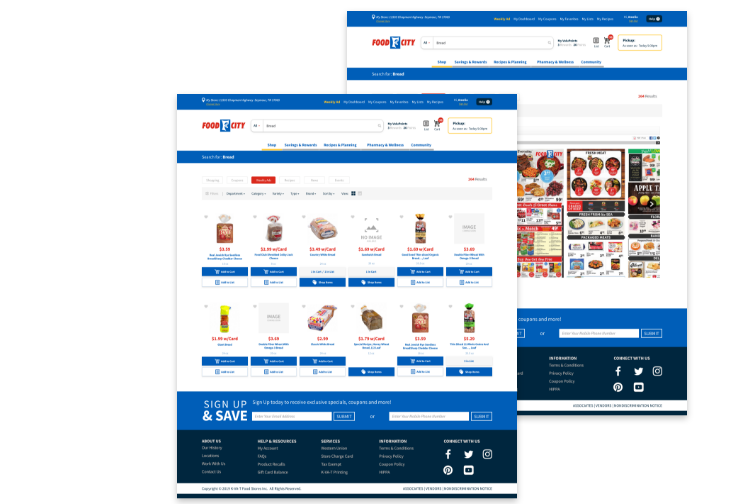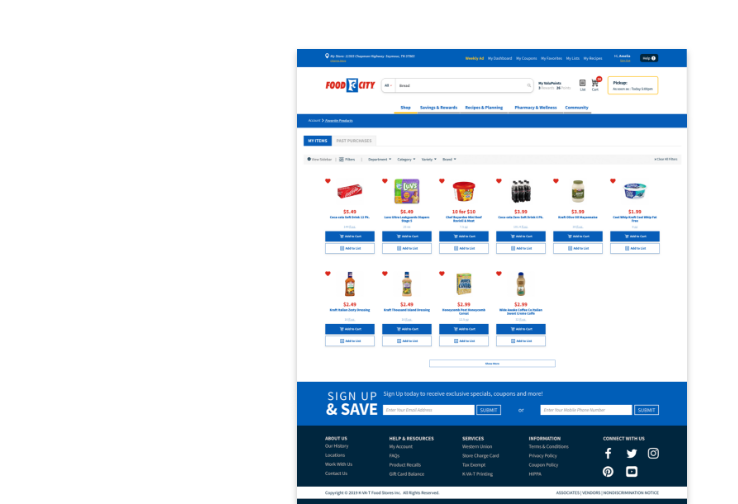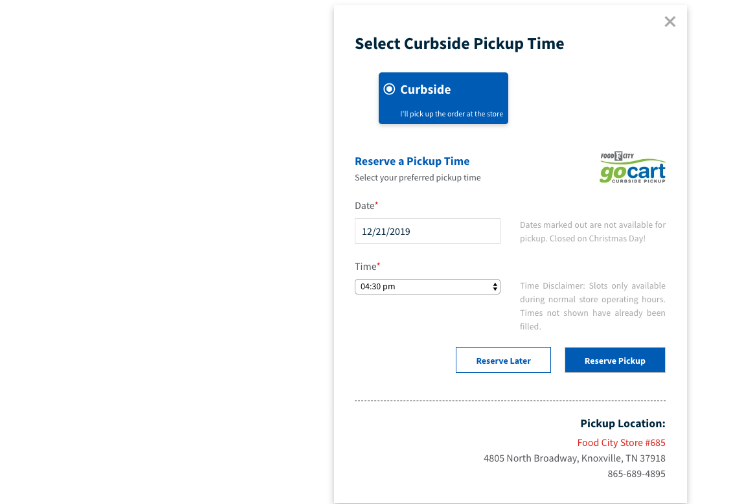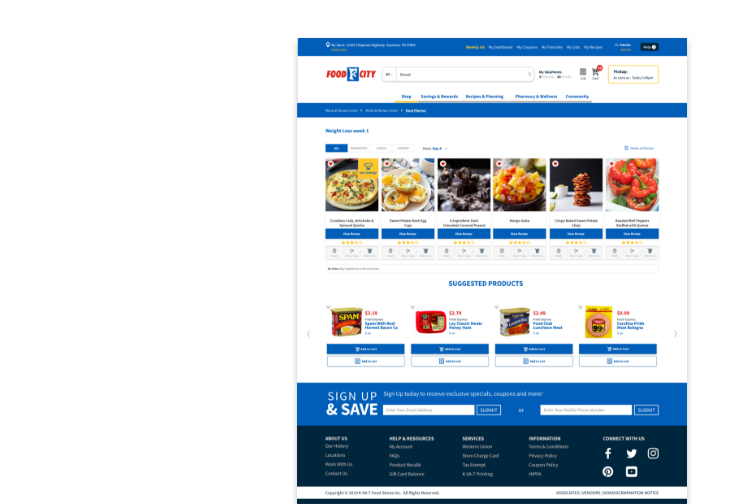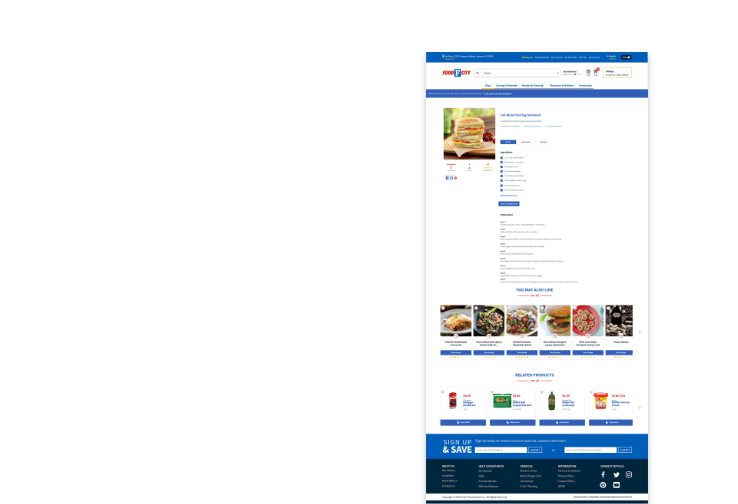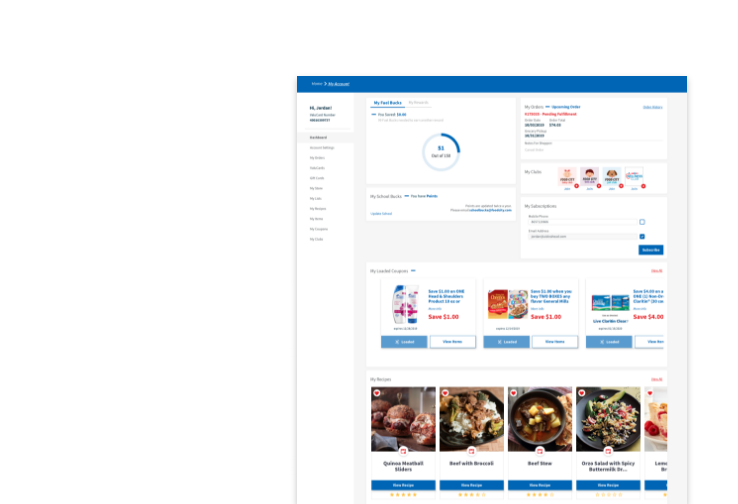
Wellness Club — Making New Years Resolutions Stick
Abingdon, VA. -
Monday, Jan 1, 2024.
Written by: Nicole Pazdziorko, RDN, LDN, Food City Dietitian
The beginning of a new year marks an opportunity for a fresh start to set new goals and intentions. Some of the top new year’s resolutions include improving physical fitness, losing weight and changing eating habits. While motivation is typically strong at the beginning of the year, most resolutions are notoriously difficult to stick to and often fizzle within the first few weeks of the year. Why is it that so many resolutions fail? Some people may assume that the problem lies in a sheer lack of willpower, but motivation ebbs and flows, and the secret to sustainable behavior change is making realistic changes and removing barriers in our environment.
Change Environment and Remove Barriers
One of the biggest determinants of our behaviors is environment. Because environment impacts ability to sustain changes more than level of motivation, it is important to consider environmental factors that help or hinder progress. With a goal to improve eating habits, the key is to make the foods you wish to consume more often accessible and convenient.
If lack of time is a barrier to improving eating habits, try pre-cut, washed fruit cups and chopped and ready-to-eat vegetables and hummus and place them in the front of the refrigerator where they are highly visible. Keep Food City’s recipe-ready ShortCuts on hand as a fresh option for easy prep. Try ShortCuts soup starter vegetables to quickly add to a slow cooker with lean protein for a hearty winter meal. Keeping frozen or canned fruits and vegetables on hand is another hack. Great for stir-frys, or to add to pasta dishes, casseroles and smoothies, frozen fruits and vegetables are a fast and convenient option. Likewise canned fruits and vegetables can be just as nutritious as fresh and are a convenient way to quickly add more vitamins and minerals to your eating plan.
If it is unrealistic to cook every night during the week or to do meal preparation on the weekends, seek out better-for-you prepared meals that suit your wellness goals. Remember that healthy food is only healthy if you eat it, so while it is a great goal to make more wholesome meals from scratch, having prepared meals on hand may be a more realistic option for some nights. Food City’s ShortCuts ready-to-heat-and-eat meals can be a convenient option with better-for-you options like lemon chicken primavera or beef and broccoli.
Shift from Restriction to Addition Mindset
Another factor that can affect success in achieving goals is how realistic you make them. When motivation is high at the beginning of the year, it is tempting to completely overhaul your eating plan for fast results, but this often backfires in the long run. Instead, work on small changes to your routine, and little by little, bite by bite, progress is made over time. A smart way to start improving eating habits is by shifting mindset from restriction to addition - focusing on what healthy foods you can increase instead of focusing all energy towards foods to eliminate. Food City’s Pick Well program can help to identify better for you foods to add to your shopping cart. Look for the following tags when shopping in store or online.
Our Dietitian’s Pick icon highlights foods that are higher in essential nutrients but lower in saturated fat, sodium, and added sugar. Items in Food City stores that receive the Dietitian’s Pick shelf-tag meet the FDA’s criteria for a “healthy” food, meaning the nutrients in these foods support health and help to prevent nutrition-related disease. Foods that have the Dietitian’s Pick shelf-tag contain less: sodium, total fat, saturated fat, cholesterol, added sugar. Plus, these foods contain more: vitamins, minerals, nutrients (such as protein and fiber), and whole grains.
The Heart Healthy tag indicates items that are foods low in total and saturated fat and contain limited amounts of cholesterol, sodium, and added sugars. In addition, foods must contain at least 10% DV of at least one of the following nutrients: vitamin A, vitamin C, vitamin D, calcium, iron, potassium, protein, and/or fiber. Grain-based products must be whole grain.
The Carb Aware tag may be suitable for those following a low carbohydrate diet. Foods that meet the Carb Aware criteria will have between 0 and 7 grams of carbohydrates per serving.
The Low Sodium tag identifies foods that contain no more than 140 mg sodium per serving according to the product's nutrition facts panel. The item must also contain limited amounts of fat, saturated fat, cholesterol, and sodium.
The No Added Sugar tag products produced without the use of added sugar. Products must contain no added sugar and also be low in calories or declare that it is not a low-calorie food.
Whole Grain foods must provide at least half a serving of whole grains per serving. The manufacturer must indicate whether the food is 100% whole grain or provides at least 8g of whole grains per serving.
Meeting your wellness goals can be achievable with the correct mindset and tools. Put your best foot forward in the new year by keeping a few key ingredients on hand to support your wellness goals without requiring a lot of time. For recipe inspiration and more ideas to assist with meal planning visit our Meal & Recipe Center.

